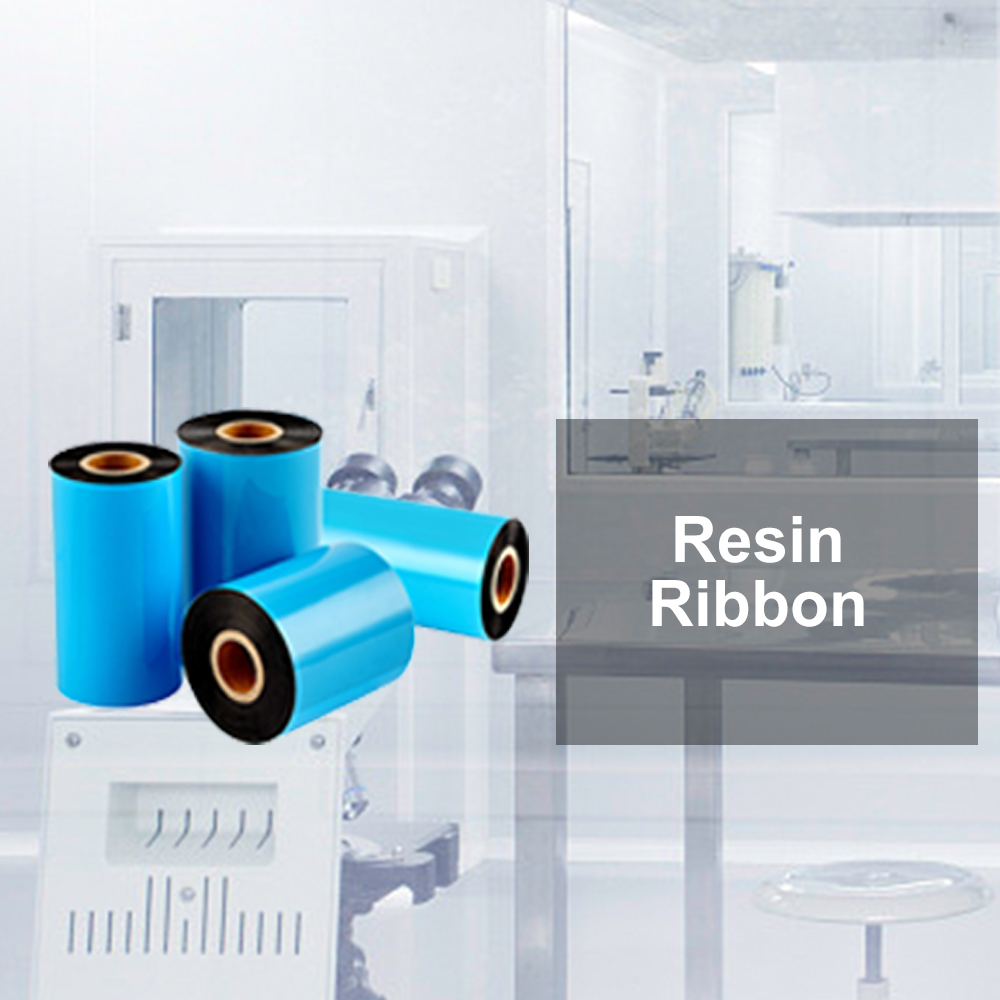What Is Thermal Transfer Ribbon Used For?
The unsung hero behind the clean, durable labels and tags that abound in our daily lives is the Thermal Transfer Ribbon (TTR). From the barcodes on groceries to the care instructions on clothes labels, TTR is essential in producing premium prints resistant to time and weather. Its applicability covers several sectors since it offers unmatched durability for solutions for identification, security, and logistics. In this paper, we will explore the realm of TTR, including its varieties, uses, and special ways in which it influences present and future printing technologies. Come explore with us the strong character of TTR and its importance in a world of ever more automated and authenticating.
What Are the Different Types of Thermal Transfer Ribbons?
Regarding thermal transfer printing, not every ribbon is created equally. Three main varieties of Thermal Transfer Ribbons (TTR), each intended for particular printing requirements, exist. Wax ribbons are the go-to choice for standard printing on paper, offering a cost-effective solution for general use. Resin ribbons are designed to withstand severe surroundings and chemical or UV radiation, so they become quite important when durability is critical. Wax-resin ribbons, which strike a mix between cost and durability appropriate for a variety of uses, offer the best of both worlds. Choosing the appropriate TTR to guarantee the lifetime and clarity of your printed goods depends on an awareness of these variations.
How Is Thermal Transfer Ribbon Employed in Industry and Commerce?
In the manufacturing sector, where durability is non-negotiable, thermal transfer ribbons (TTR) are absolutely indispensable. TTR is utilized in this industry to create labels that often need to withstand extreme conditions, including external weather, chemical exposure, and continuous handling that call for durability. TTR prints' robustness guarantees that important data such as serial numbers, safety warnings, and compliance labels stay readable all through a product's lifecycle.
In retail, TTR proves its adaptability. Printing price tags and receipts depend on it; printing price tags and receipts could be affected by daily wear and tear, like friction, moisture, and temperature fluctuations. TTR's ability to create crisp, smudge-resistant prints that can, over time, preserve crucial purchase and product information drives retailers forward. TTR is a pillar of commercial functionality, whether it's creating dependable retail transaction records or designing durable industrial labels.
Where Else Does Thermal Transfer Ribbon Make Its Mark?
Beyond daily barcodes, Thermal Transfer Ribbons find their place in the exacting fields of electronics and healthcare. TTR is crucial in healthcare for labeling drugs and specimens, where accuracy and resistance to sterilizing techniques are paramount. Because TTR can resist high temperatures and provide legible prints on tiny components, electronics makers use it for circuit board labeling.
TTR also finds applications in the security industry for product authentication. Specialized TTRs can create UV-visible layers, color-shifting pictures, or watermarks on labels, therefore challenging counterfeiting. By guaranteeing the authenticity of products available on the market, such sophisticated characteristics protect consumer confidence and brand integrity. These unusual uses highlight TTR's flexibility and importance in preserving authenticity, dependability, and safety over several sectors.
Why Choose Thermal Transfer Ribbon for Lasting Prints?
Thermal Transfer Ribbons (TTR) outperform other techniques, including direct thermal or inkjet printing, in print lifetime and durability. TTR prints, unlike direct thermal prints that fade with heat or light, remain legible and barcode scanable for years, unaffected by such environmental variables. TTR graphics hold steadfast because they resist water and oils; inkjet prints may smudge or fade in dampness.
The shipping sector provides actual evidence of TTR's exceptional resiliency. Labels on packages undergo rough handling and varying climatic conditions; TTR-printed labels come out clean with information as clear as the day they were produced. In garden centers, too, TTR-printed plant tags resist months of sun exposure and watering without losing their color. This constant nature makes TTR the best approach for use where dependability over time is desired and required.
What's Next for Thermal Transfer Technology?
Driven by research and development aiming at improving both TTR materials and the printers applying them, the frontier of thermal transfer technology is always widening. To reduce environmental impact without sacrificing quality, scientists are investigating greener substrates and ribbon compositions. Not far off are developments in printer efficiency and resolution, which would produce even more detailed, faster output.
Emerging technologies like RFID and smart labeling integrate seamlessly with TTR, potentially transforming how we track inventory and interact with products post-purchase. Innovations in material science may soon result in ribbons that change color or display other properties in response to environmental triggers, opening doors to new applications in safety and quality control sectors. As these technologies evolve, we can expect TTR to play a pivotal role in an array of industries, from fashioning smarter packaging to creating more interactive product experiences.
Final Thought
Thermal Motion Modern printing is mostly based on ribbons since they are flexible and resilient enough for many different sectors. From guaranteeing the longevity of labels in demanding industrial situations to safeguarding retail transactions with smudge-proof receipts, TTR proves indispensable. Its uses go much beyond conventional ones since advanced security features and supporting medical precision help to protect product integrity. Looking ahead, the fascinating developments in TTR technology provide even more expansive horizons, from greener materials to clever, more responsive labeling options. It is obvious that TTR's relevance will only rise as our society gets more digitalized and connected.



